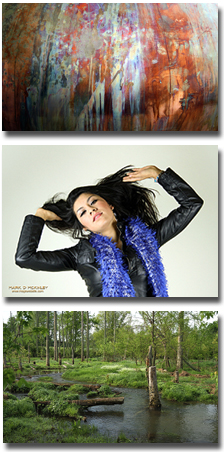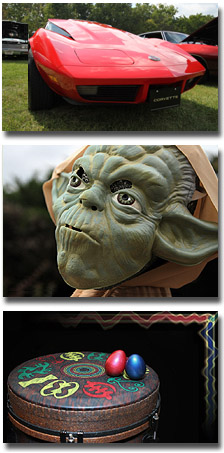Mark D McKinley - mogswebsite.com - Off The Cuff Photo Gallery
click on an image above to visit
more MOGS Photo Galleries
|
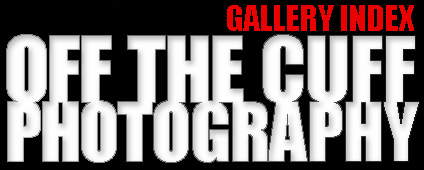 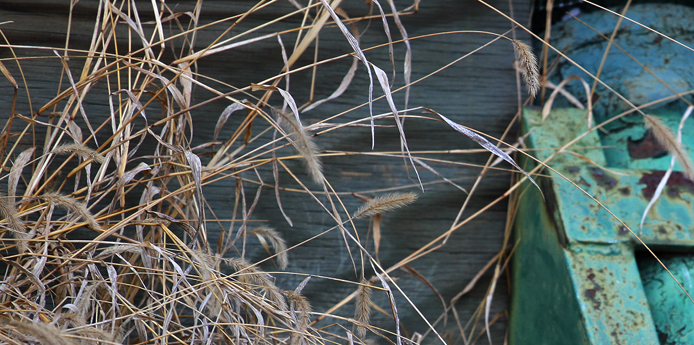 OBJECTIVE: Land in a spot and find the shot ...
... an ongoing project of impromptu photography.
|
 "To me, photography is an art of observation. It's about finding something interesting in an ordinary place ... I've found it has little to do with the things you see and everything to do with the way you see them."
— Elliott Erwitt
"Anything that excites me for any reason, I will photograph; Not in searching for unusual subject matter, but making the commonplace unusual."
— Edward Weston
"The camera is an instrument that teaches people how to see without a camera.”
— Dorothea Lange
“I have gradually confused photography with life.”
— Jerry Uelsman
"Don’t shoot what it looks like. Shoot what it feels like.”
— David Alan Harvey
"Exceptional images often lurk amongst the mundane, usually going unnoticed, unless you've learned to see as a photographer."
— Mark D. McKinley
|
OFF THE CUFF - COMPLETE INDEX
|
Off The Cuff Photography
|
Off The Cuff Photography (cont.)
|
(revised July 2020) I'm far from being an expert on photography, the experts have forgotten more than I'll ever learn. My days of shooting with film involved a used Kodak Brownie given to me in the early seventies from an aunt. I had a lot of fun with that camera and only shot with black and white film. That summer I took a two week photography course by photographer Dr. Gerald Ruth, now retired professor of geosciences at Indiana University Southeast.
Dr. Ruth's two week course lit a spark in me and forty years later I revisited that passion and bought myself a 4.0 megapixel Kodak DX6490 digital camera— a significant step up from my previous point and shoot. Once again I was excited about composing and capturing images. Film photography remains alive and well even today. I'd never owned a 35mm SLR film camera until a few years ago. I found a used seventies model Minolta with two lenses at a Goodwill Store. The camera has had one roll of film in it since I bought it and that roll has yet to be developed— might as well face the music, I'm hooked on the digital format.
I started Mogswebsite.com (Mark's Online Graphics Site) back in 1999. The website features a variety of creative explorations— everything from artist interviews, original digital art, safety resources, music industry resources and more. Considering the diversity of Mogswebsite.com, the decision to include photography seemed like a natural extension. I started my "Off The Cuff Photography" project in 2012 after purchasing a Canon 7D— a notable upgrade from the Canon Rebel XT, my first DSLR.
The concept behind my "Off The Cuff" project was rooted in the desire to aquire a deeper understanding of photography. I wanted to abandon my full auto comfort zone and experiment with manual camera settings. I wanted to wrap my head around manual settings and better understand how ISO, shutter speed and aperture all work together to form the "Exposure Triangle".
The phrase "Off The Cuff Photography— Taking It To The Streets" is broad in its definition— in some instances the streets are nothing more than boot worn paths. Another goal of the project was to "Land in a Spot and FIND the Shot". Potential compositions are all around us and one must train their eyes to see the possibilities. Several aspects culminate into what I consider the art of photography. At the mechanical end of the spectrum there's a virtual smorgasbord of camera brands and models to choose from. Everything from simple film or digital point and shoot cameras to more sophisticated point and shoot options, onto the more advanced interchangeable lens bodies known as (D)SLR models. Mirrorless cameras have entered the scene in recent years allowing manufacturers to scale down the physical size of their camera bodies.
The primary purpose of a camera is to capture a moment in time on film or a digital media. At the heart of photography lies something deeper than just the mechanics of an impressive camera body. The life pulse of a photographer is visualization— determining the best method to capture a moment in time. It's about how you see your surroundings. That's what separates a composition from a snapshot. Exceptional images often lurk amongst the mundane, usually going unnoticed unless you've learned to SEE as a photographer.
I like to read about photography when I'm unable to go out with a camera. I enjoy the preparation before embarking on a photo trek and arriving at a destination is stimulating— the audible confirmation when pressing the shutter button is satisfying.
The art of photography encompasses several areas of expertise and requires a genuine understanding of composition.
|
When all the factors come together correctly, you're rewarded with a visually pleasing image— that's when art has been accomplished. I can't possibly express what very aspect of photography means to another photographer.
If you were to ask a photographer how many cameras are too many to own, the answers would vary depending on the individual you asked. Some people will probably wonder what the attraction is to having more than one camera body. Some cameras are better equipped for fast action and/or performance photography and some models are more suitable for low light photography, still life and so on. There's a fair amount of overlapping when it comes to features on many models. Your best bet is to find a camera that's best suited for your style of shooting.
Another factor to consider is how a different camera can offer the user a different shooting experience— it's true and photographers like their cameras. I've accumulated a few extra clean used cameras over the years— most notable is an original Canon 5D in good working condition. You can get a lot of bang for your dollar by buying gently used cameras and lenses. For instance, an excellent condition used Canon 6D Mark II is a highly underrated full frame sensor DSLR.
Nikon and other brands also manufacture excellent cameras! I'm loyal to the Canon brand since my lenses have Canon mounts.
How about a little Canon digital photography trivia— May 17, 2000 Canon announced their first EOS D30 body. The camera housed a 3.1 megapixel APS-sized sensor. The D30 was the first Canon DSLR fully produced by Canon. The company had previously partnered with Kodak for their internal components. The 2005 debut of the full frame 12.8 megapixel Canon 5D was a modern marvel in the world of digital photography— that camera was a game changer. It was the first DSLR with a 35mm equivalent full frame sensor.
It's that very reason that the now older model 5D holds a fond place in my collection. Using the Canon 5D classic evokes a unique shooting experience for me— wrapped around a sense of nostalgia, it transports me to a simpler time. I'm more cautious and patient about depressing the shutter button and I've never used burst mode— a whopping 3 F/S. Capturing a shot when using an older camera is more about shutter actuation conservation.
DSLR technology has witnessed many advancements across all model cameras and the Canon 6D Mark II's articulating screen has made shooting from difficult perspectives much easier. Canon's 2009 7D APS-C body impressed me from day one of ownership. Canon introduced some nice improvements with their 2014 release of the 7D Mark II- a personal favorite.
A word about lenses (referred to as glass). Good glass is the single best investment you can make once you have a camera body you're familiar with and feel confident about. I'd suggest discovering what genre of photography really lights your fire before investing in quality glass and make your upgrade decisions based on that shooting style. You don't have to go out and buy the best glass available to capture a quality image. Do your own research and buy the best glass within your budget.
Whether you're a beginner, enthusiast, or professional, grab your Nikon, Fuji, Kodak, Sony, Canon, Pentax, iPhone, disposable 35mm, Panasonic, Leica, Olympus, Minolta, Mamiya, or your Swedish manufactured medium format Hasselblad— pictures are waiting to be captured. - Mark D McKinley
|
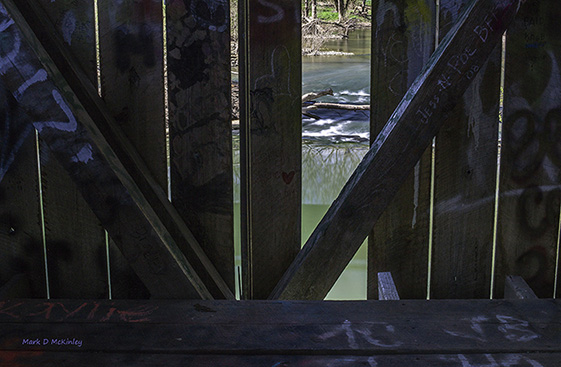 |
 |
design ~ logos ~ artwork ~ photography (C) 1999-2020 Mark D McKinley

